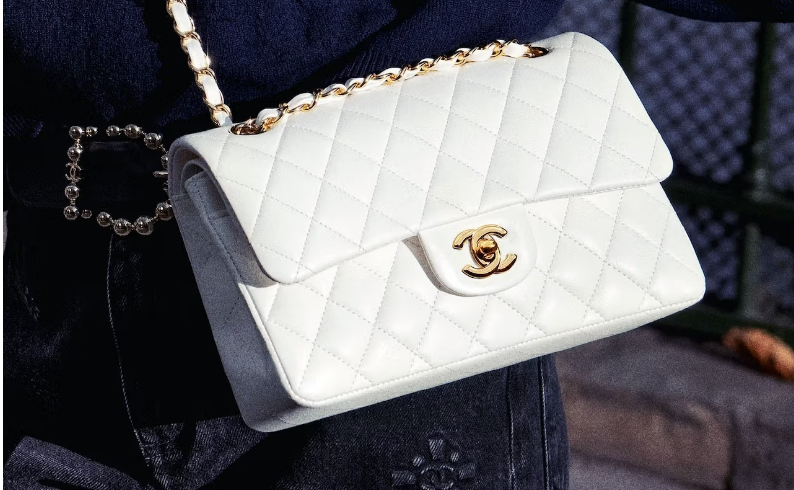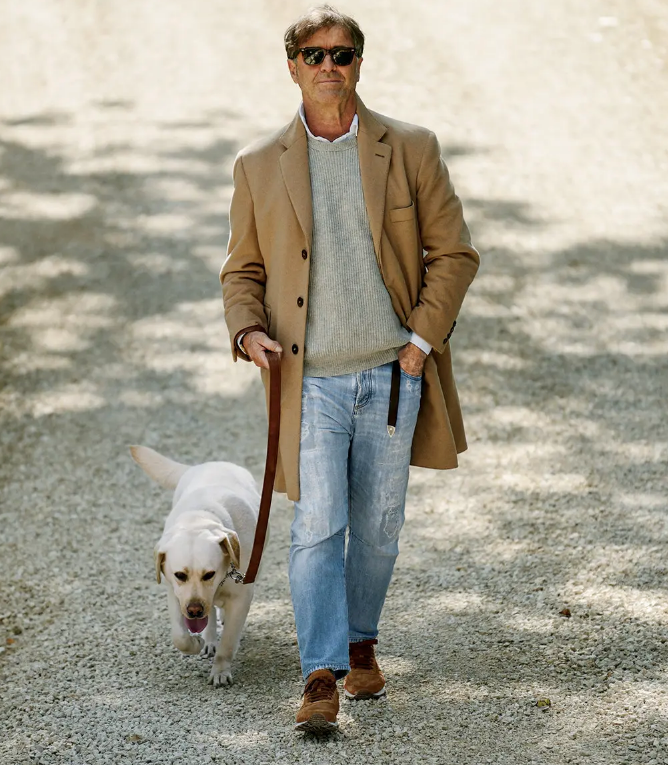What defines a luxury brand?
Luxury is quite subjective as it depends on each person’s knowledge and perceptions. However, Jean-Noël Kapferer’s framework offers a helpful starting point to define a luxury brand. Here’s how we can break down his five essential characteristics:
- High quality and timelessness: luxury brands don’t revolve only around functionality. Its quality comes from exceptional materials, meticulous craftsmanship, and a unique shopping experience.
- Unaffordability: luxury brands are not for the masses, their high price points should reflect exclusivity, quality, and differentiation.
- Reputation for heritage and unique culture: luxury brands are a bridge between the past and the present, each of them tells a distinctive story and represents distinctive values and aspirations.
- Controlled distribution network: exclusivity is key to luxury brands, which means that they have to strategically control their distribution channels, flagship stores, etc.
- A sense of elitism: luxury brands sell a dream, the dream that allows consumers to live in a world of elitism, giving them a feeling of distinctiveness.
For more details on the important characteristics of a luxury brand, please take a quick look at my previous blog on the topic.
Read more: What is a luxury brand? Unique characteristics of luxury marketing
Why do people crave luxury goods? Here are some key motivations
1. Luxury consumption is a means of self-communication
Without a doubt, we consume luxury goods primarily to signal our wealth and success to others. Luxury products are highly symbolic, they represent certain aspirations and a sense of belonging to an admirable group.
This also explains why some of us prefer to purchase products with highly visible logos from recognizable brands such as the interlocking C of Chanel, or the line ‘LV’ on our handbags. Academically, economist Thorstein Veblen coined this driver as ‘conspicuous consumption’ which describes how people use spending to communicate their status.

Besides, we sometimes buy luxury items with noticeable logos to prove our conformity to a specific social group or community. Simply speaking, we want to adapt ourselves to suit our environment and social situations. People wear designer handbags from Chanel and Louis Vuitton to show that they are a part of a fashion-conscious elite. Some may drive RollRoyce to verify their belongings to a distinctive group of car buyers. For short, we may consume luxury goods to strengthen the bonds within a select group and foster a sense of cohesion and solidarity.
2. Luxury consumption fulfills a need to be unique (A trend for quiet luxury)
Unlike buyers who are driven by extrinsic values, purchasing luxury brands to signal their wealth and success, we have another segment of the luxury market, which includes consumers favoring inconspicuous consumption. In other words, these individuals seek uniqueness and want to differentiate themselves from the ‘mainstream luxury’. For them, visible brands that display wealth and status feel ostentatious and lose exclusivity. Inconspicuous consumption or quiet luxury allows them to enjoy the quality and craftsmanship of luxury brands without feeling part of a mass-produced trend.

Overall, people motivated by intrinsic values such as self-rewarding, self-pleasure, etc are more likely to consume quiet luxury brands like Brunello Cucinelli, which still ensure their quality, heritage, and exclusivity.
3. We consume luxury goods to become our ideal self, to reach our dreams
While seeking status is a significant driver of luxury consumption, the desire to reach our ideal selves also plays a powerful role. As I’ve mentioned, luxury brands embody aspirational qualities such as beauty, sophistication, meticulousness, etc. Thus, owning a luxury brand is a good way for us to define who we desperately want to become. It’s part of our narrative, telling us how we should see ourselves and how other people will perceive us. The story associated with the brand’s legacy and the emotions it evokes contribute to building our desired identity.
Let’s take Ferrari as an example of this. Undeniably, Ferrari is associated with high performance and exclusivity. Therefore, owning one can be seen as a tangible symbol of success, hard work, determination, and reaching a certain level of accomplishment. This aligns with the ideal self of many who strive for achievement and recognition.
4. We consume luxury goods for hedonistic values, luxury experiences
Unlike the consumption of ordinary goods, which focuses on practical benefits, many of us crave luxury goods because of the enjoyment, excitement, and gratification through the distinctive luxury experiences that the brands offer. At initial thought, it sounds unfamiliar to many of us. Believe it or not, it’s the most significant driver of luxury consumption, especially for around 170 million Chinese citizens who travel to France and Italy every year just to enjoy the feeling of shopping pleasure in the country of origin.
As I’ve mentioned in my previous blog about the characteristics of a luxury brand, we never or rarely buy luxury goods because of their practicality and functionality. Luxury brands often curate multisensory experiences that evoke pleasure, emotional connection, and belonging. That’s why we rarely see any luxury advertising that tells us about how superiorly functional a luxury item is. Again, luxury communications are storytelling and triggering emotional connections.
People from different cultures consume luxury goods for different reasons
Since the definition of luxury depends on how each of us perceives it, it may also affect the key drivers of luxury consumption. From a study on luxury consumers’ behaviors from a cross-culture perspective, it is believed that Asian consumers are more likely to be influenced by the opinions and expectations of others when making purchasing decisions, especially regarding luxury goods. They may be more inclined to buy specific brands because it helps them fit in with a certain social group or gain social admiration.
For short, Asian people buy luxury brands for self-communication (1st driver). In contrast, Western consumers prioritize different aspects of luxury brands. They may be more focused on the quality of the product itself, how it makes them feel about themselves, and the personal enjoyment they derive from it. Social image might still be important, but not the primary driver.
Yet, these are still generalizations and I believe that we still have to delve into individual motivations within both groups to further understand how people crave luxury.
[wpforms id=”411″ title=”true”]
Sources for this blog:
Kapferer, Jean-Noël (2015) Kapferer on Luxury : How Luxury Brands Can Grow yet Remain Rare. London, England : Kogan Page.
Shao, W., Grace, D., and Ross, M. (2019) Consumer Motivation and Luxury Consumption: Testing Moderating Effects. Journal of Retailing and Consumer Services, 46 (2019), pp.33–44.
Han, Y. J., Nunes, J.C., and Drèze, X. (2010) Signaling Status with Luxury Goods: The Role of Brand Prominence. Journal of Marketing, 74.4 (2010), pp.15–30.
Sy Chu
As an analytical and creative marketing enthusiast skilled in customer analysis, content research and brand management, my passion is help businesses gain insights into their brand and marketing strategies to drive impactful outcome to their success.
